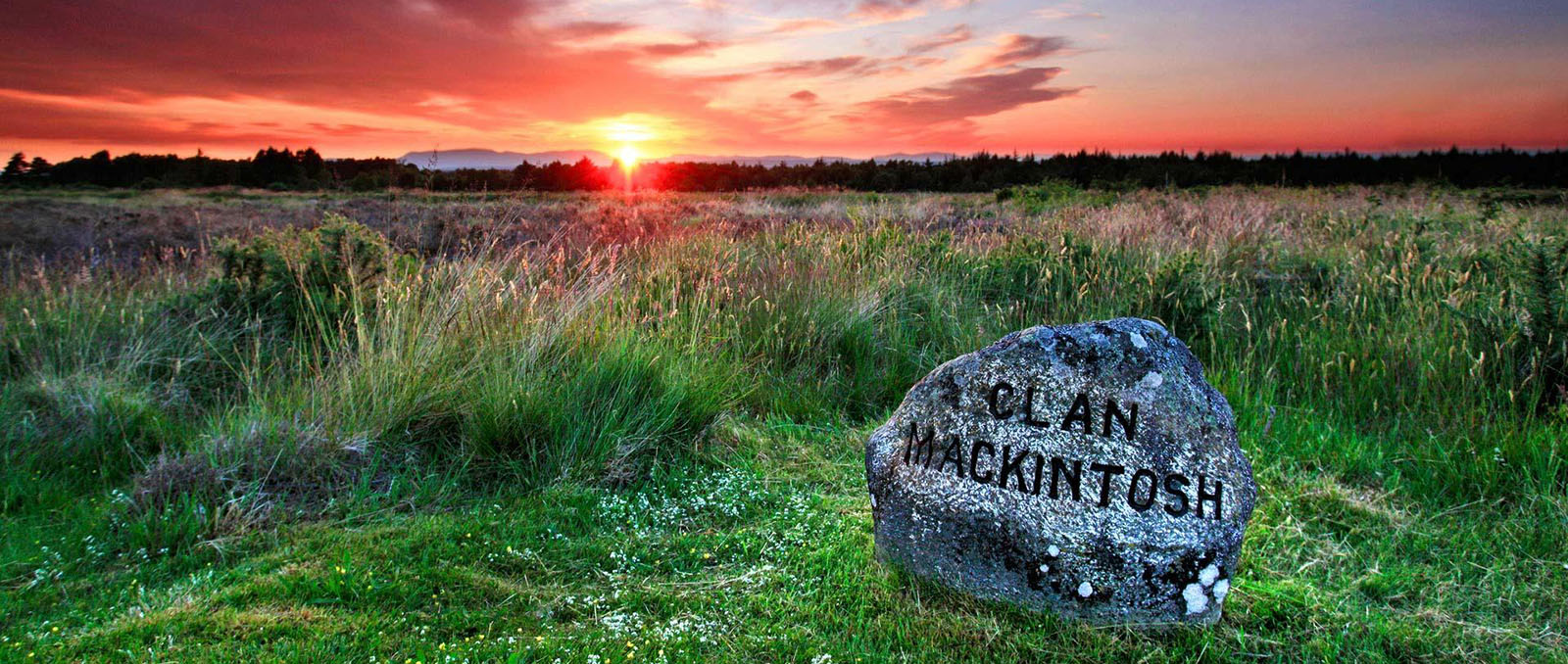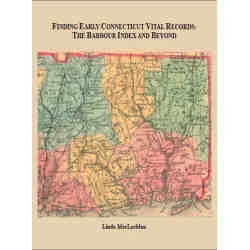
Today we are highlighting the first of several sections from Dr. David Dobson’s new book, Scottish Genealogy: The Basics and Beyond. The product of Mr. Dobson’s fifty years of research in Scotland, the British Isles, continental Europe and beyond, this new book is guaranteed to introduce researchers with Scottish ancestry to sources they’ve never laid eyes on. Genealogists can also view Scottish Genealogy: The Basics and Beyond as both a substantial update and expansion to our older textbook, Tracing Your Scottish Ancestry. Third Edition, by the late Kathleen B. Cory. For Dobson not only itemizes numerous manuscript and published sources not covered in other books—often illustrating them with facsimile images—he also tells you where you can find them, including on the Internet.
In order to convey more of the flavor of David Dobson’s new book, we have excerpted below a portion of his Introduction, as well as the book’s list of Illustrations. The latter refers to many of the sources readers will encounter in the volume itself.
INTRODUCTION
“Beyond the basic record genealogy sources in Scotland—civil records, church records, and censuses—there is a wide and rich range of family history material available in both publications and manuscripts, which can be used to add more detail to the facts your research in basic sources produces. This book identifies the major sources and repositories for those just starting their Scottish genealogy research, but what makes this publication stand out from other Scottish genealogy guidebooks is its goal to highlight for more advanced researchers the other, less commonly used, sources that exist. Once family history researchers have established the basic information on their ancestor’s birth or baptism, marriage and death, the task will be “to put flesh on the skeleton” of known facts.
With an emphasis on publications, manuscript sources, and archival records, this book presents ways to trace ancestors using alternative sources, concentrating on sources predominantly between 1550 and 1850. Religious denominations in Scotland, occupational lists, military and maritime sources, emigration records, burgh records, and rural records, such as those of baronies, are all covered. The many published sources listed will enable researchers to put the basic facts they have gathered into context.
If your ancestor had a skilled trade or craft, it is likely there are records of apprenticeships that should be followed up. Certain professions would have required university training. All the ministers of the church, for example, were expected to have graduated from one of the old Scottish universities, which kept excellent records (many of which have been published); medical practitioners were either apprenticed or were university educated, as were lawyers (alias writers). It should be noted that some Scots went to continental universities, especially Leiden in the Netherlands, for classes in law or medicine. Ideally researchers should work from original documents and note the source as a reference to the data; for example, National Records of Scotland documents should be preceded by NRS; National Library of Scotland manuscript references should be preceded by NLS; and the U.S. National Archives and Records Administration references should be preceded by NARA.
Beware of unreferenced material, particularly on the internet, as some of it is wishful thinking or based on hearsay. Even normally reliable sources can be wrong. For many years sources like the Dictionary of National Biography stated that “William Kidd (the pirate or privateer) was born in Greenock, Scotland, son of a minister.” Years ago, I came across a transcript of a trial in London before the High Court of the Admiralty of England, where Kidd was a witness in 1695. He stated that he was born in Dundee, aged 41, a mariner based in New York. This clearly was at odds with the traditional story, so I decided to check it out. Back in Dundee I checked the baptismal register of the Dundee parish church and found that he had been baptized there in 1654, the son of John Kidd, a seaman, and his wife, Bessie Butchart. I then went to the city archives, and in the local seabox I found a reference to John and a few years later to his wife, who was in receipt of a pension, which implied that John had perished at sea. The traditional story was that William’s father was a minister of the Church of Scotland (the only church at the time), so I turned to the Fastii Scoticannae, which provides biographical data on every minister of the Church of Scotland since the Reformation of 1560, but no Kidd was mentioned in Greenock or anywhere in Scotland. So, the traditional story that Kidd was born in Greenock, the son of a minister of the church, was wrong; he, in fact, came from more humble origins in Dundee. So do not rely on unreferenced sources!
LIST Of ILLUSTRATIONS
Map of historical counties
Church list of Dundee Episcopalians
Early Dundee gravestones
Gravestone with Biblical significance
Gravestone with merchant mark
Female servants’ tax list
List of testaments from St. Andrews
Shipping document
Records pertaining to the Seamen’s Box of Aberdeen
Indenture agreement
Map of 17th-century St. Andrews
Burgesses and guild brethren of Ayr
Burgess Roll of Elgin
Register of Edinburgh apprentices
Roster of the Seventy First regiment
List of Northern Fencibles
Sign indicating place of care for the poor
St. Andrews, from the beach, Edinburgh, Scotland
Advertisement recruiting emigrants to Russia
Immigration to America Advertisement”





I just bought this book “Scottish Genealogy”. I received it yesterday from Amazon.
Do you possibly have an email or physical address for the author David Dobson?
I have a question to him about a publication reference in one of his earlier books.
Thank you so much.
Wayne McCallum
Rockwall, Texas #closetoDallas
age 71, retired